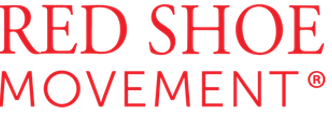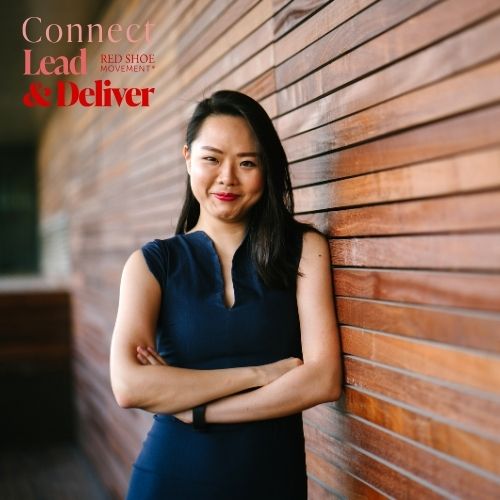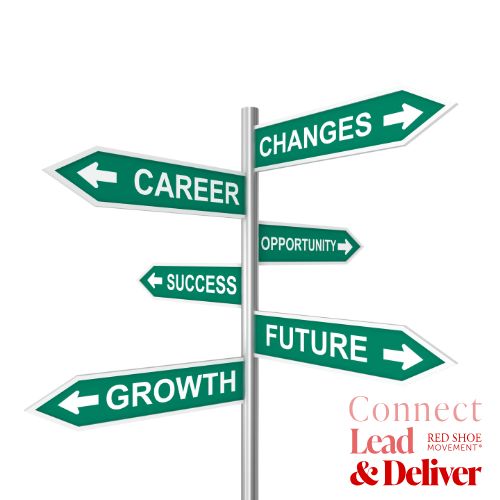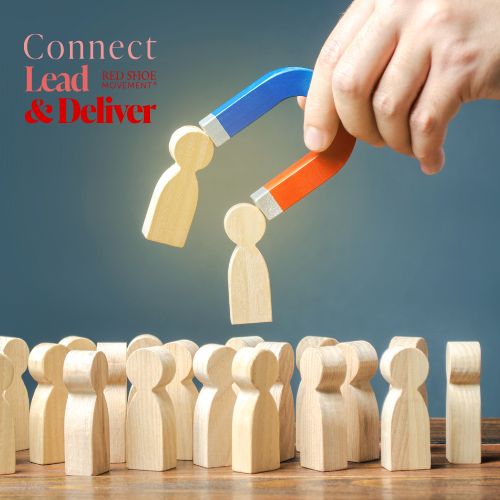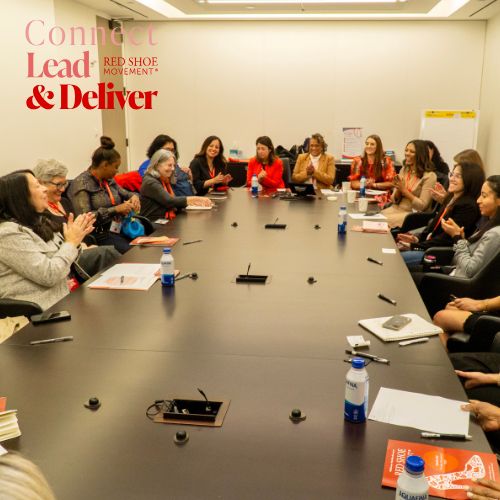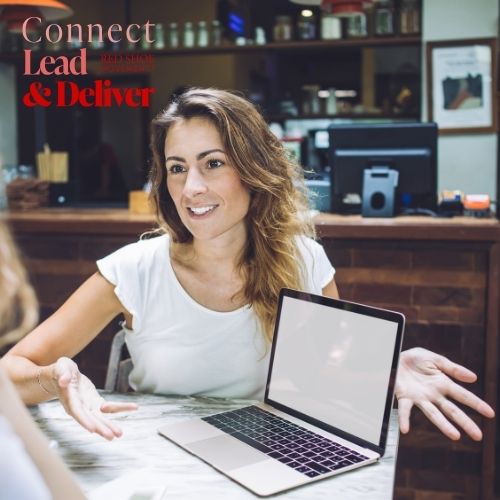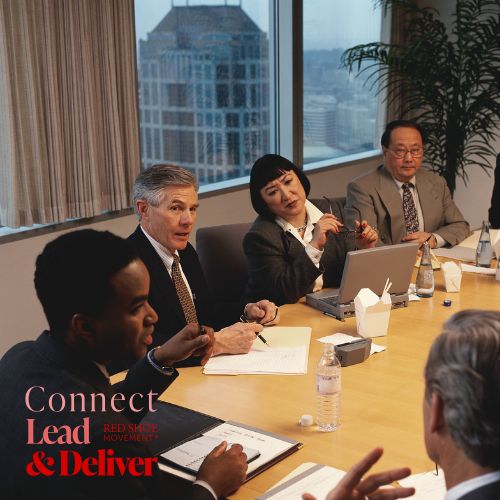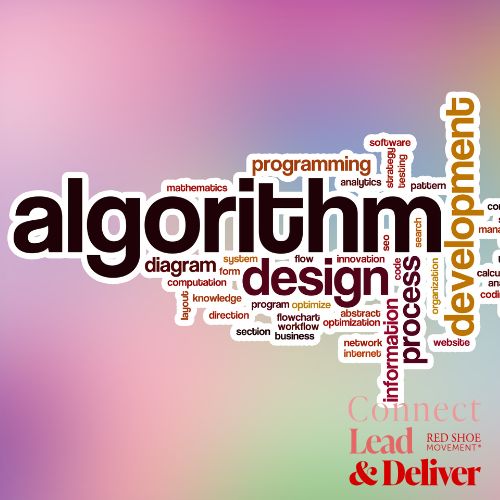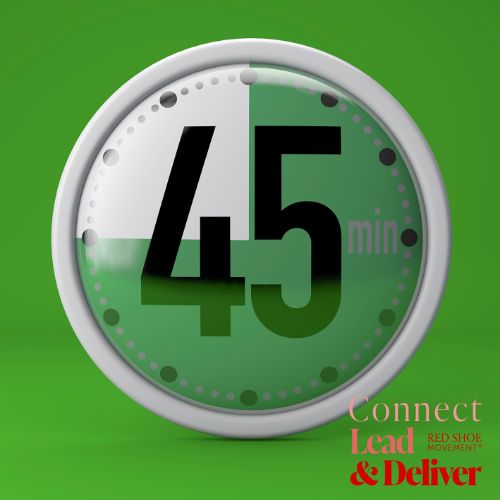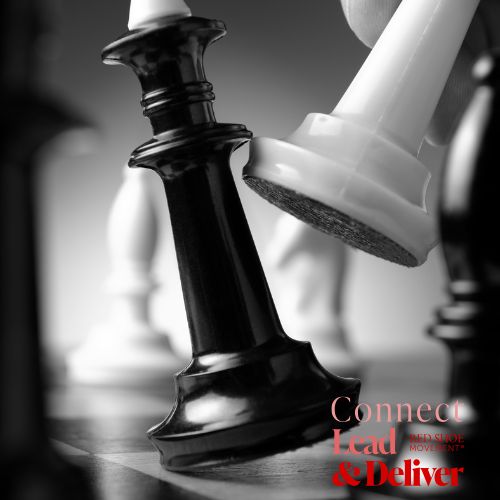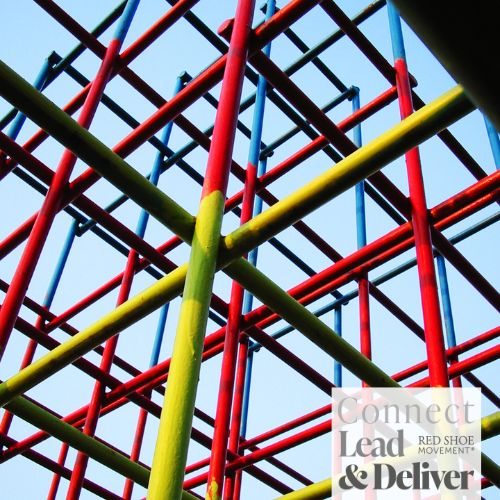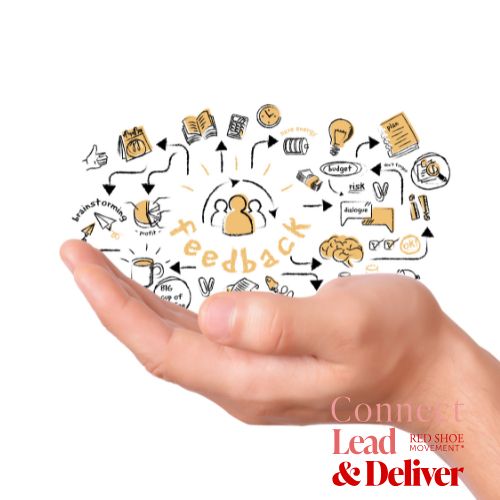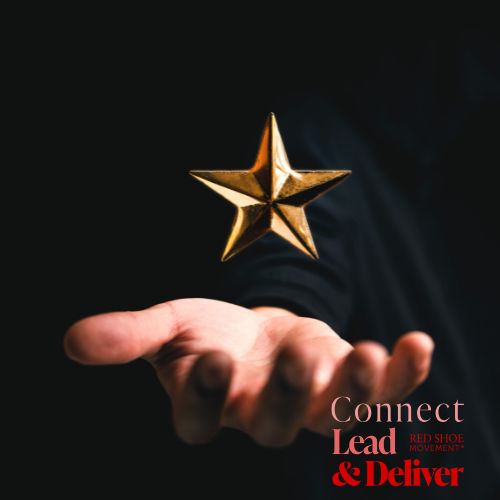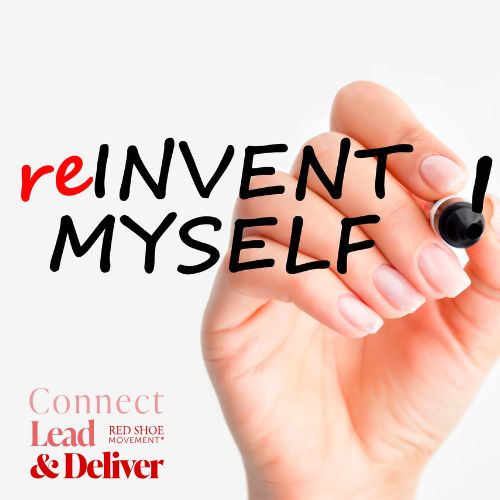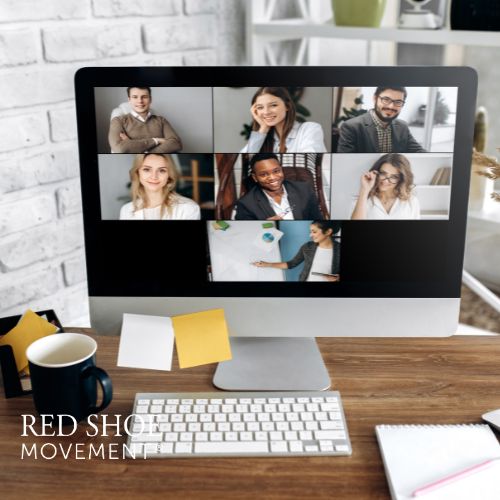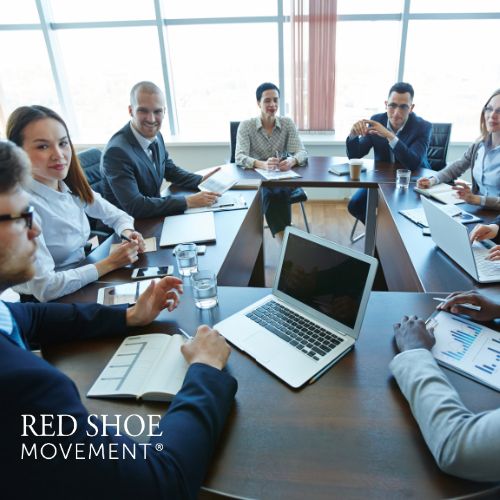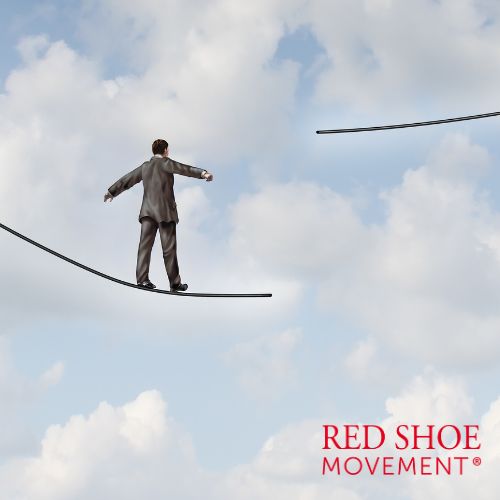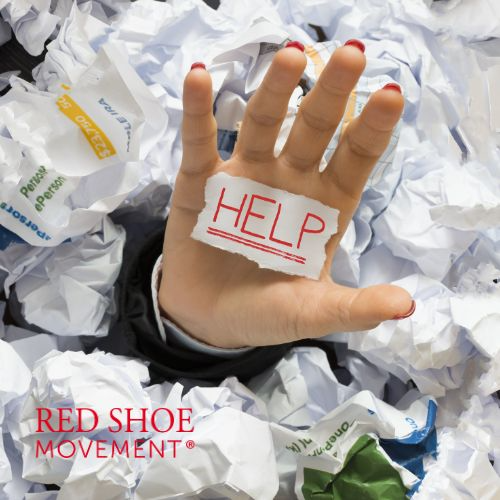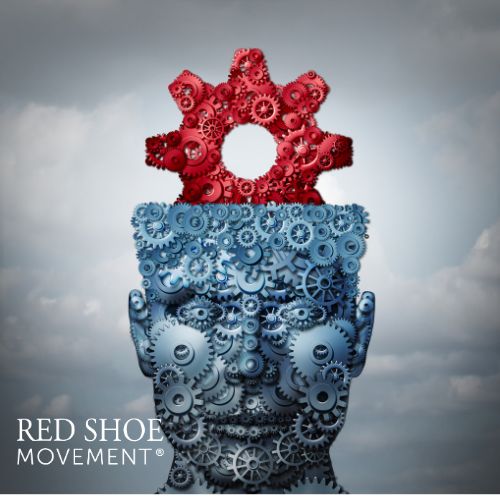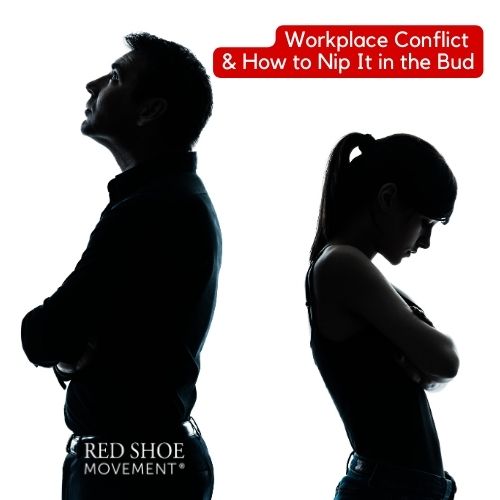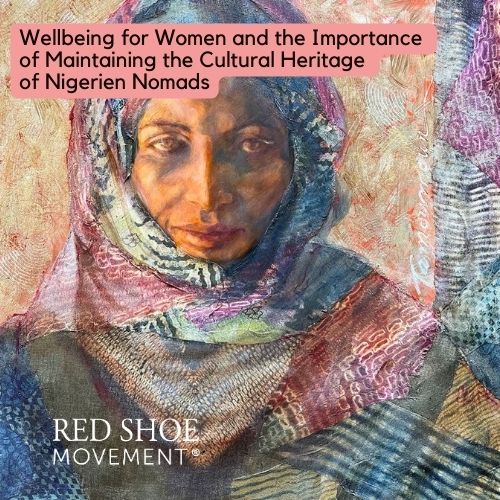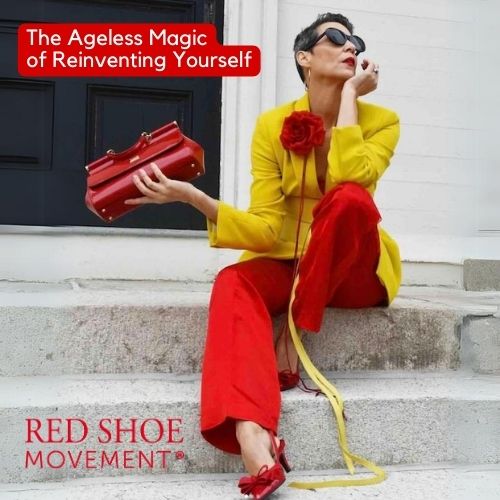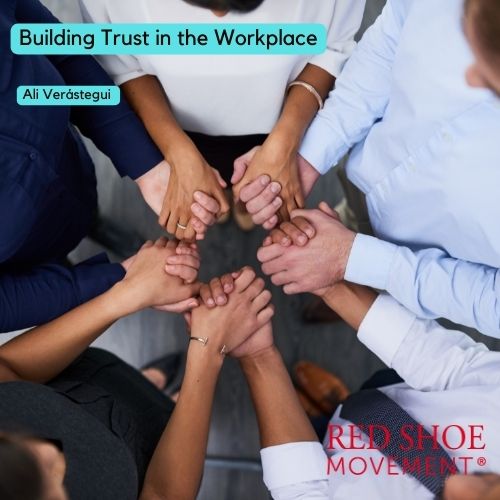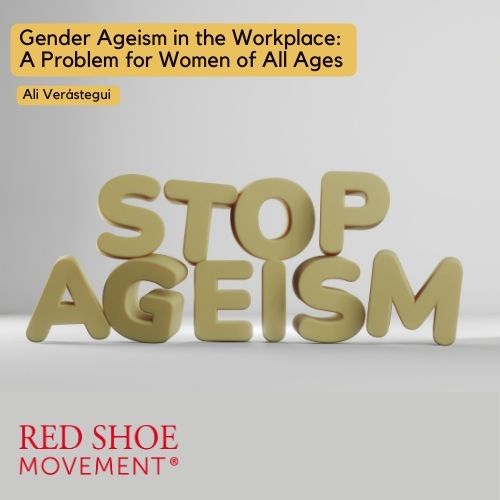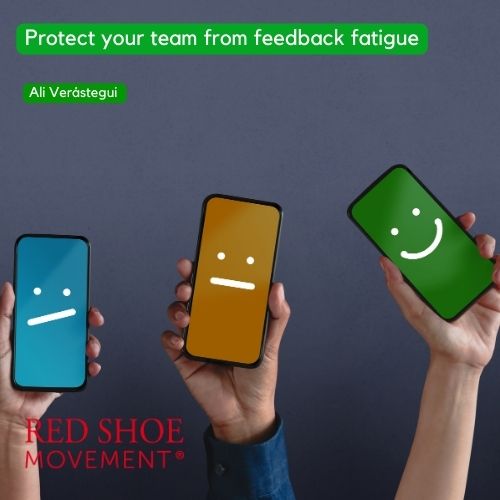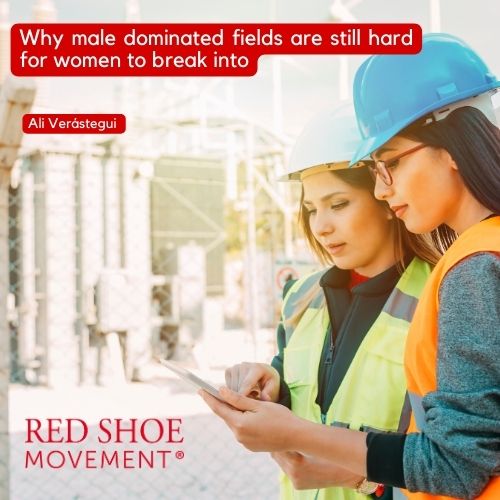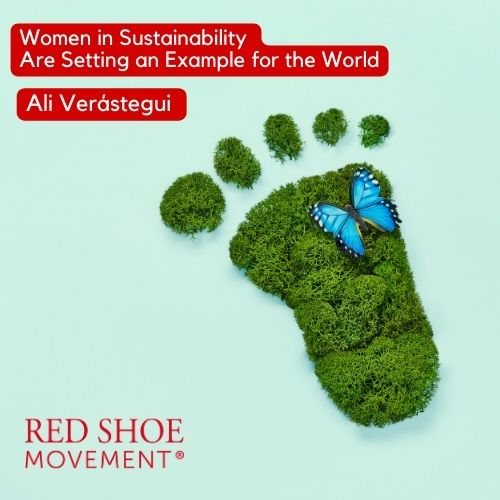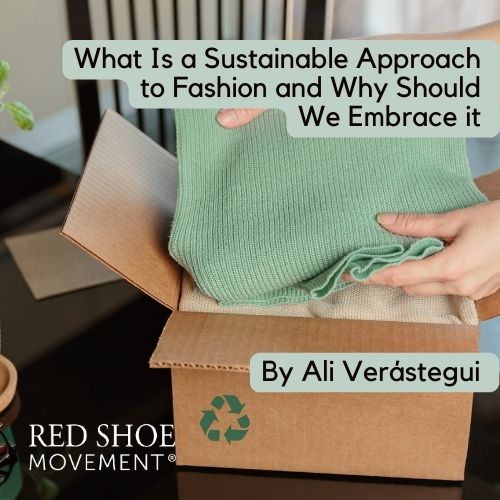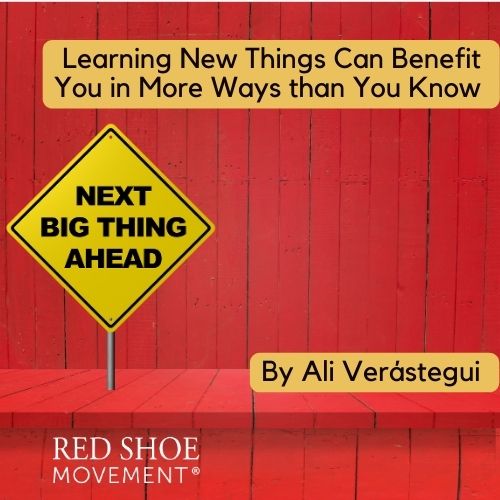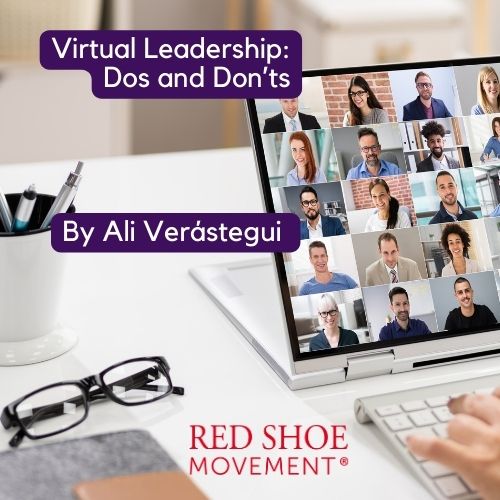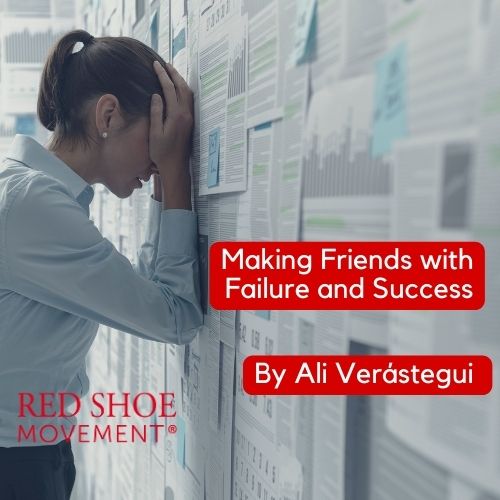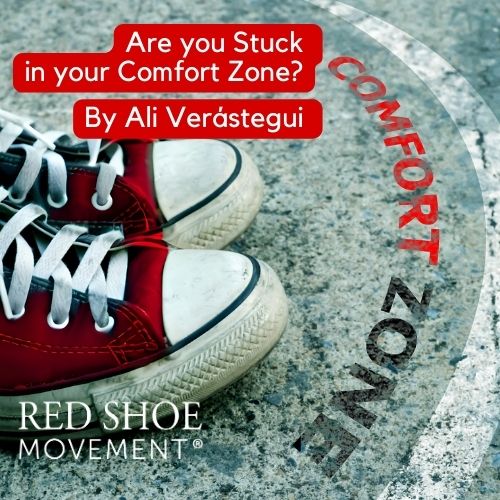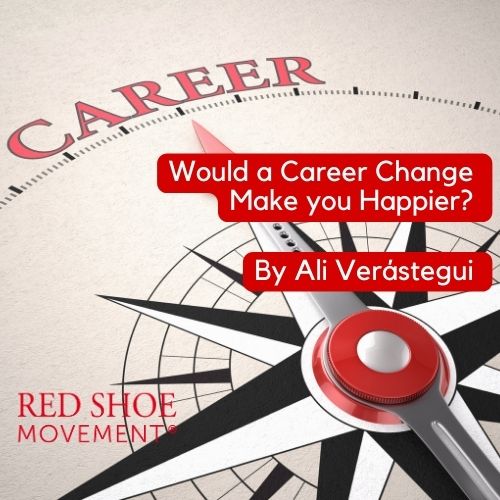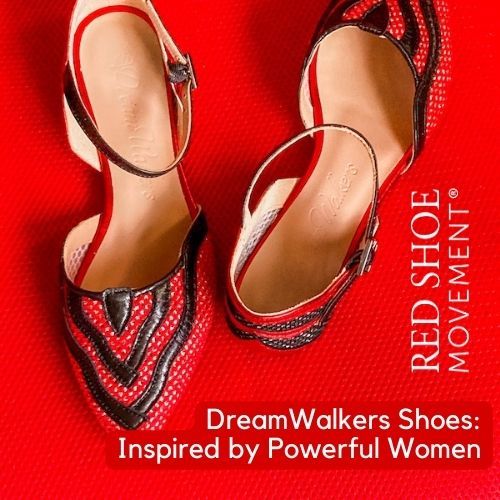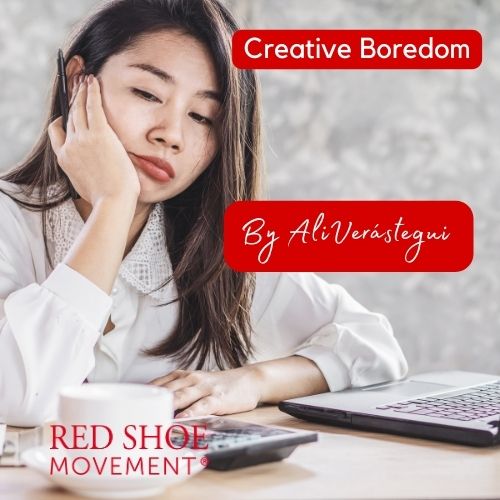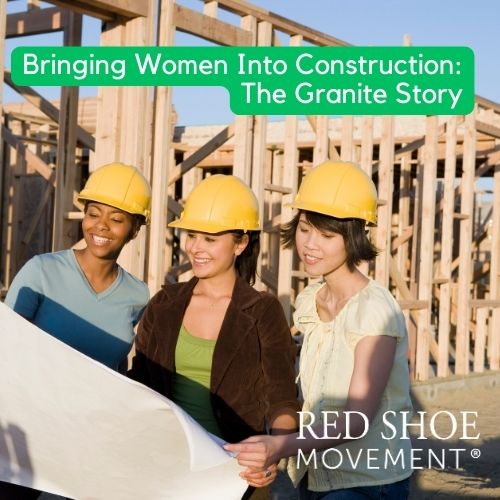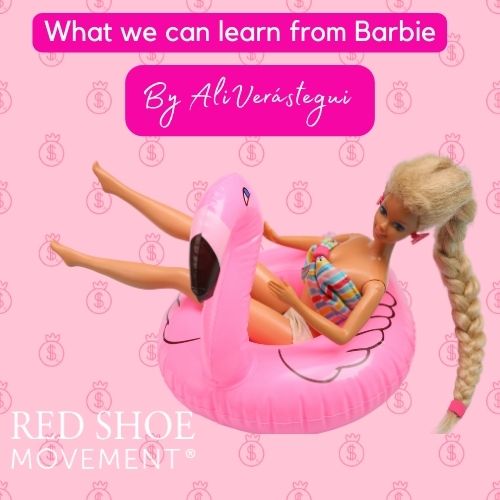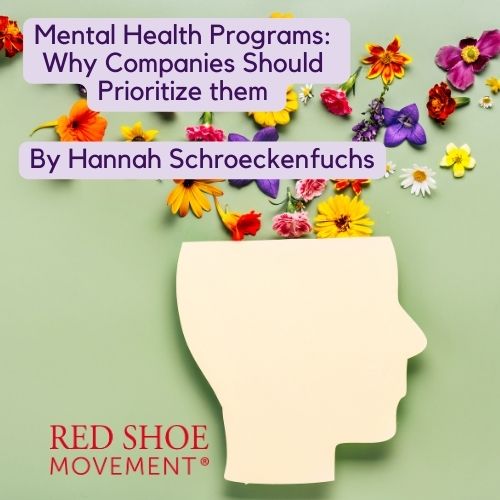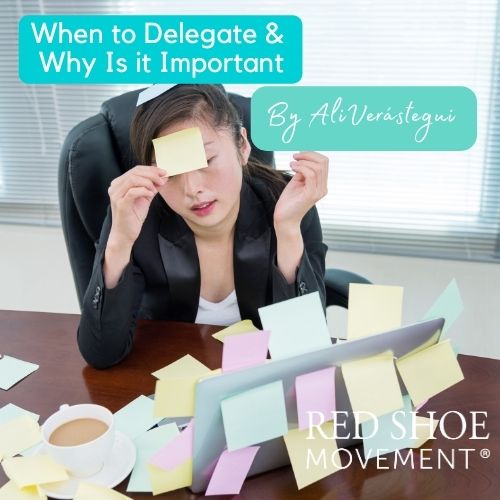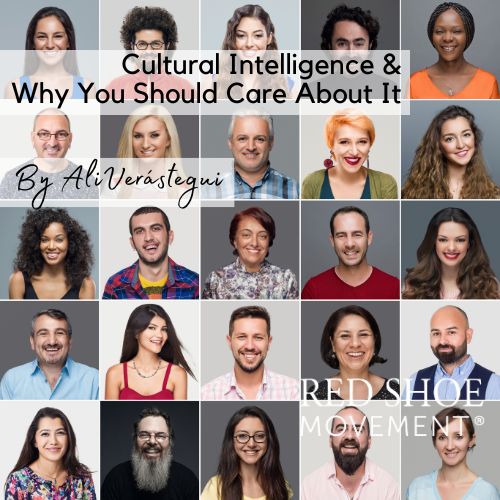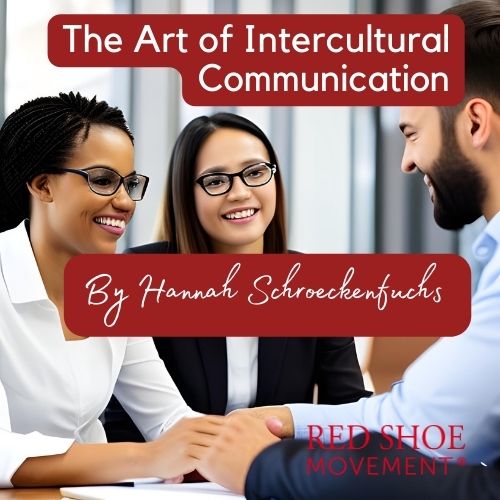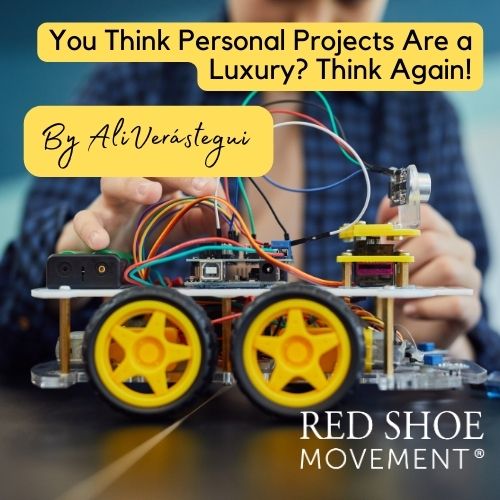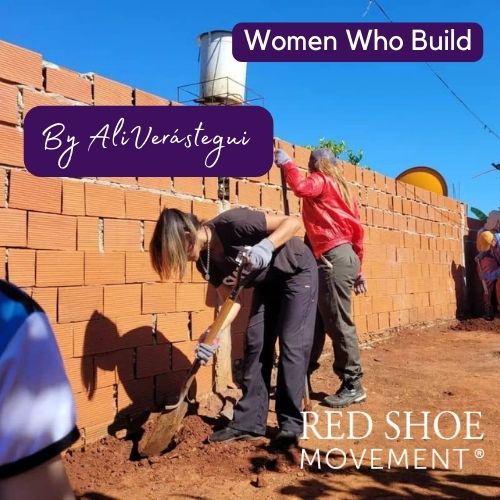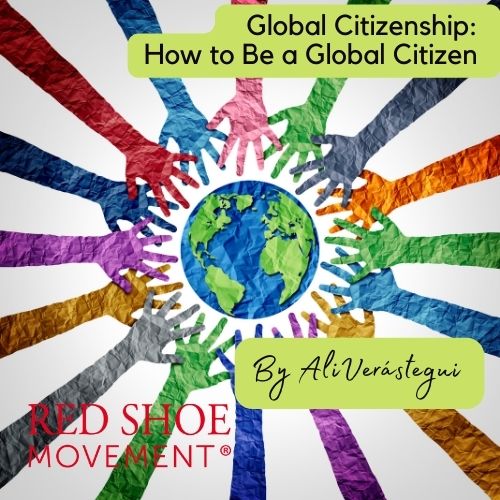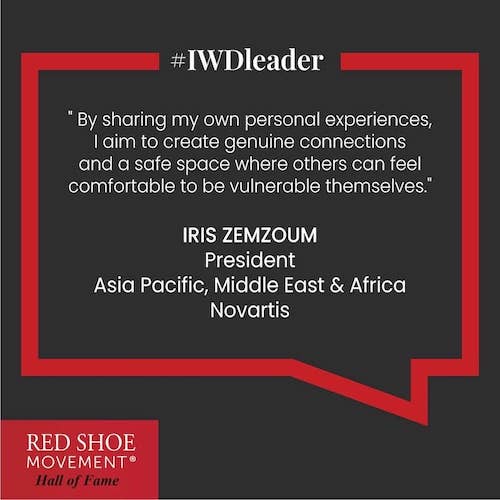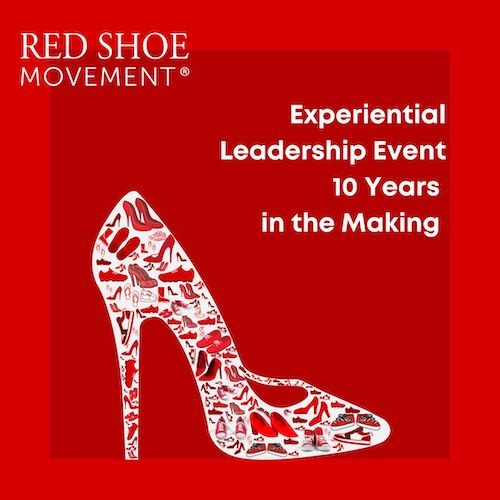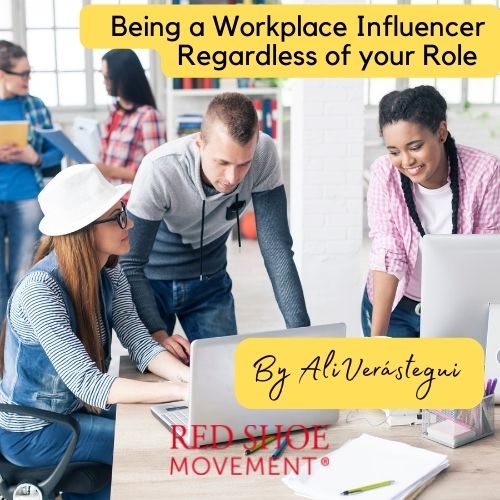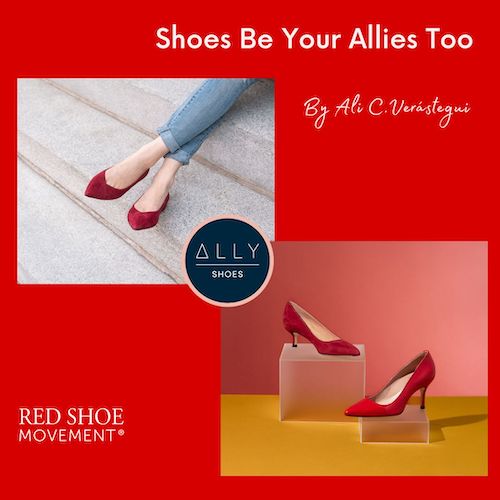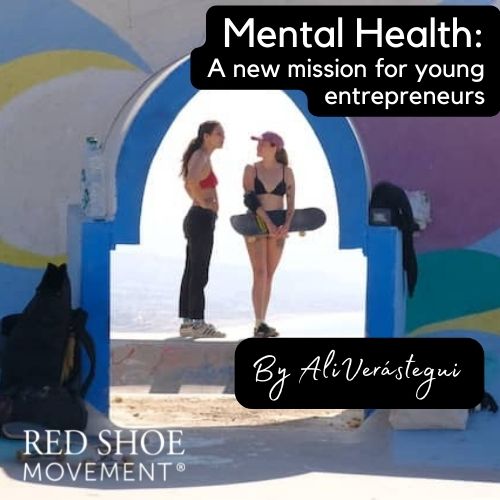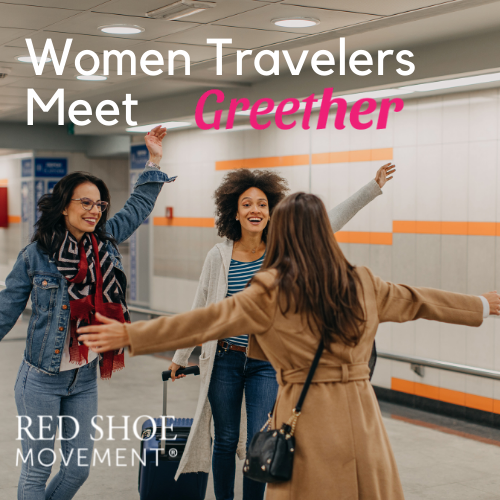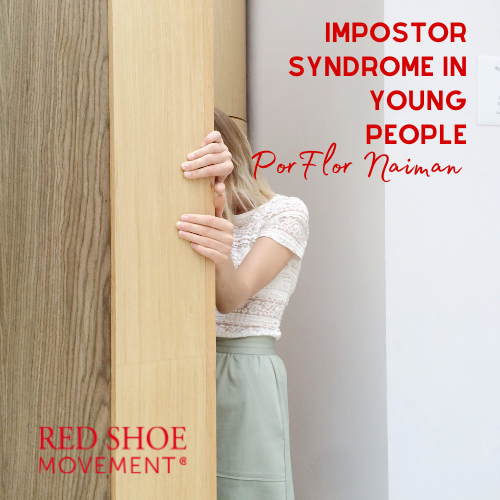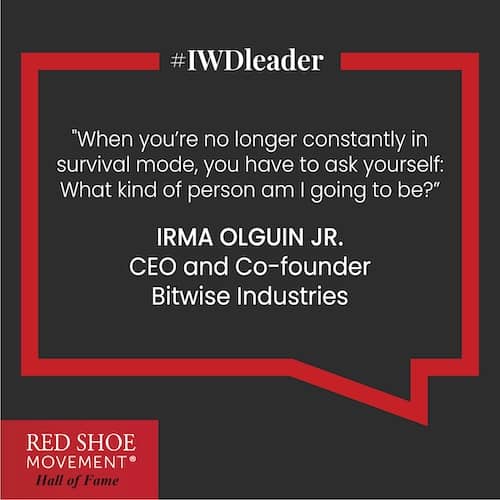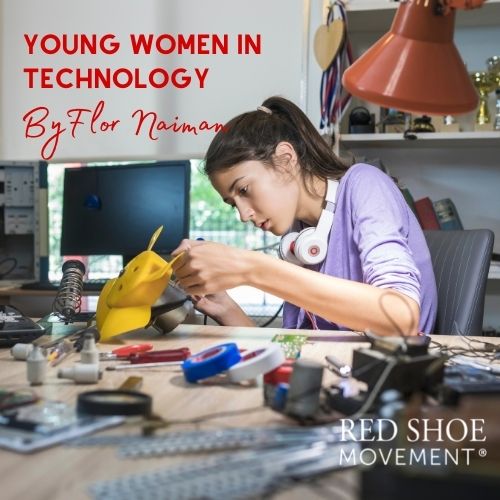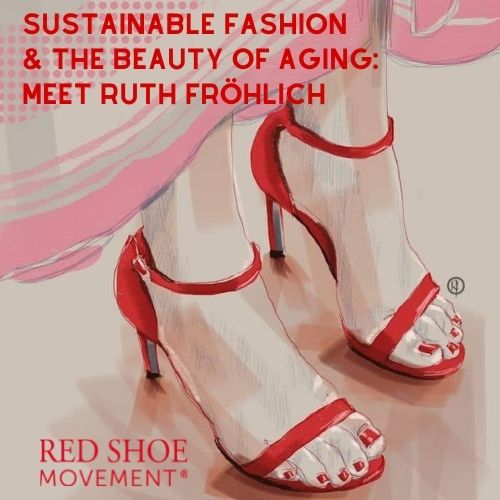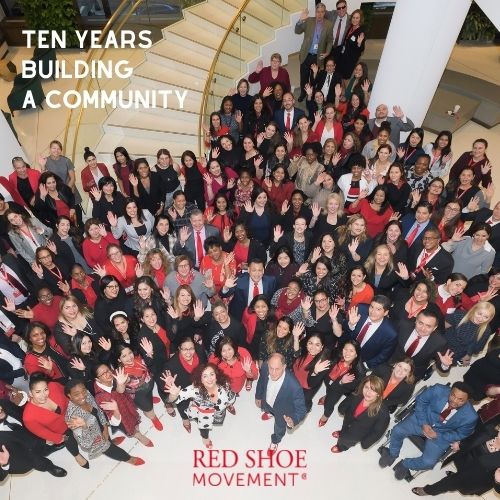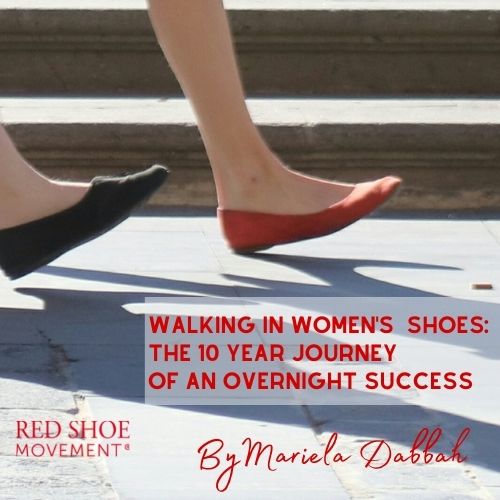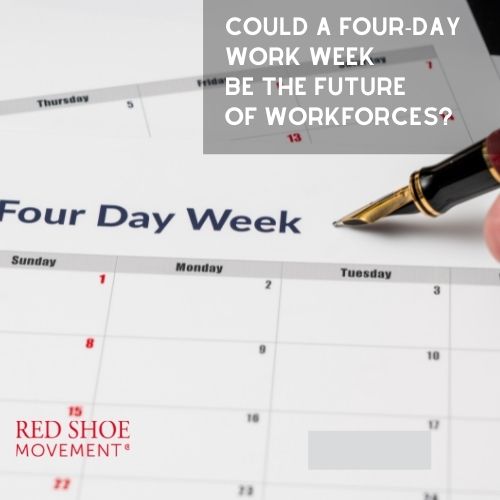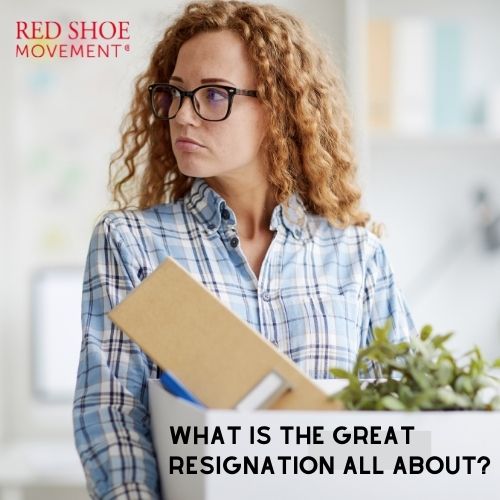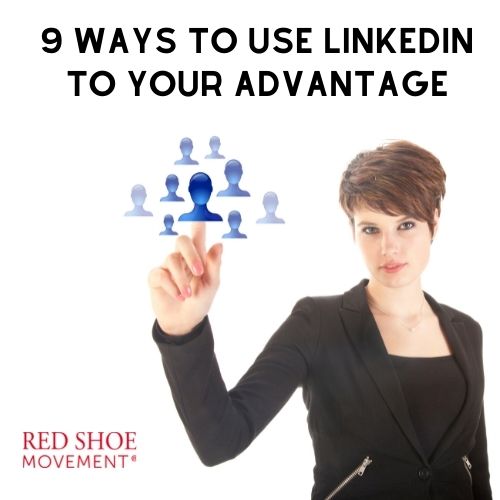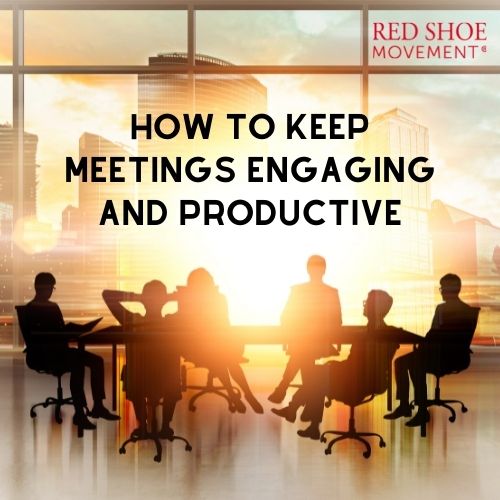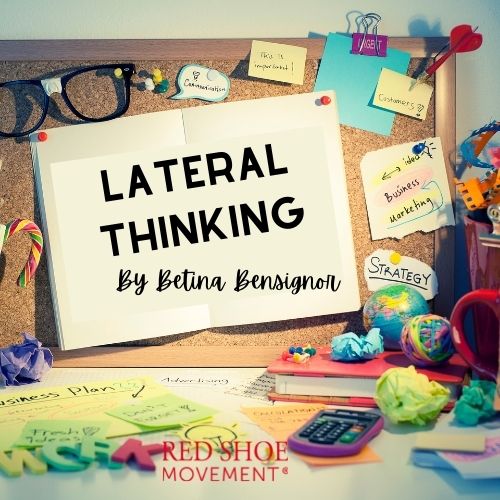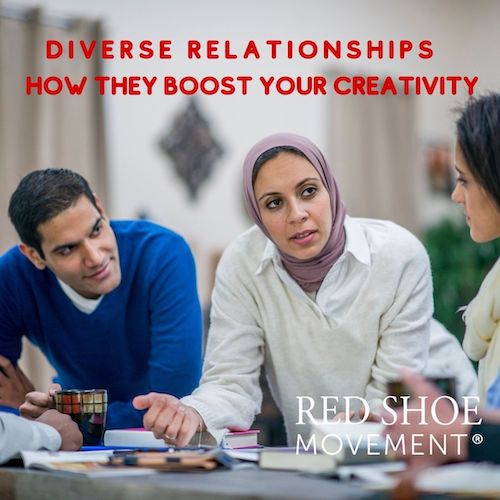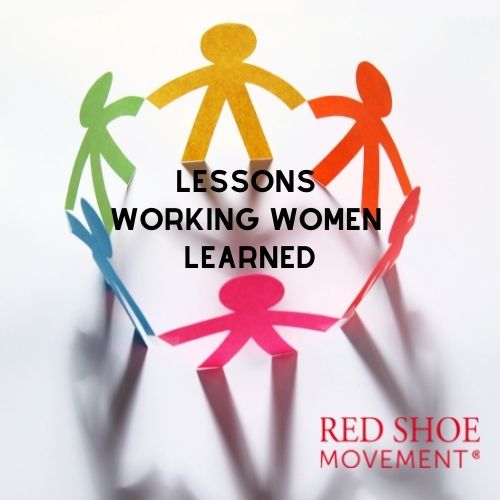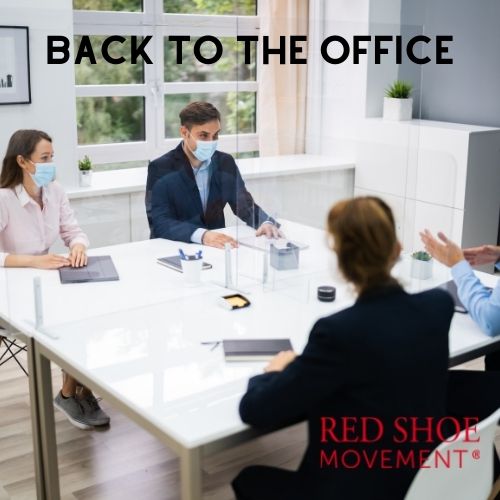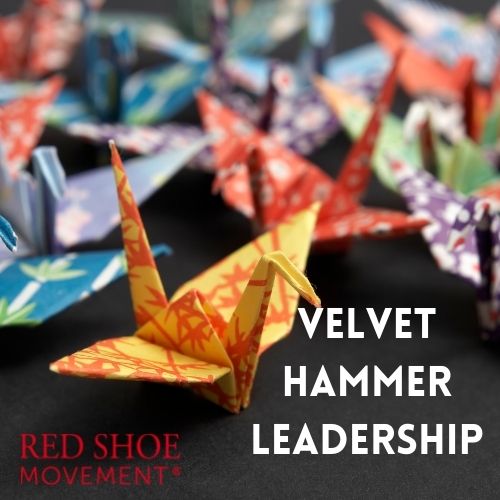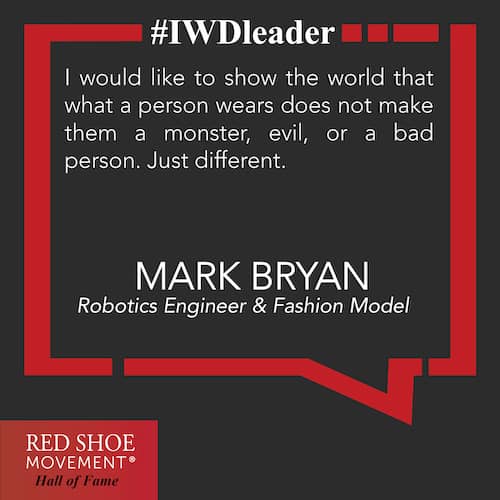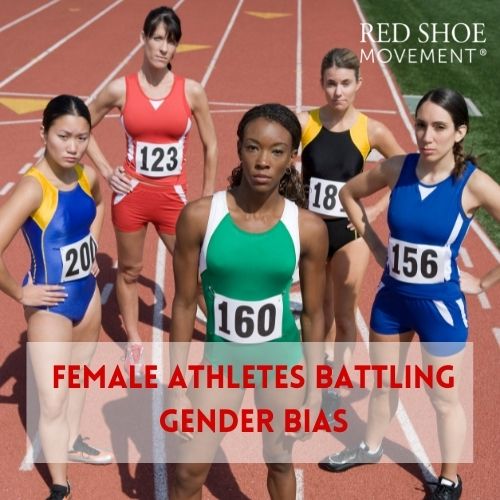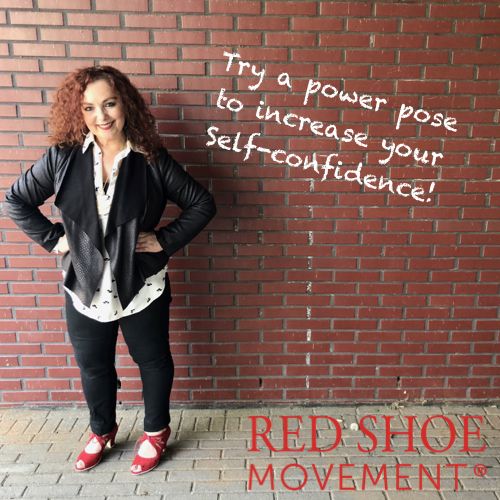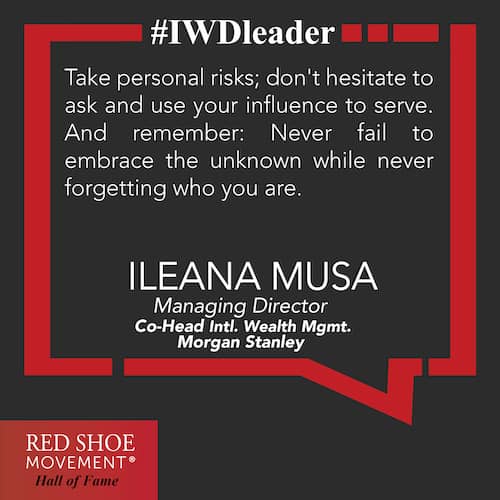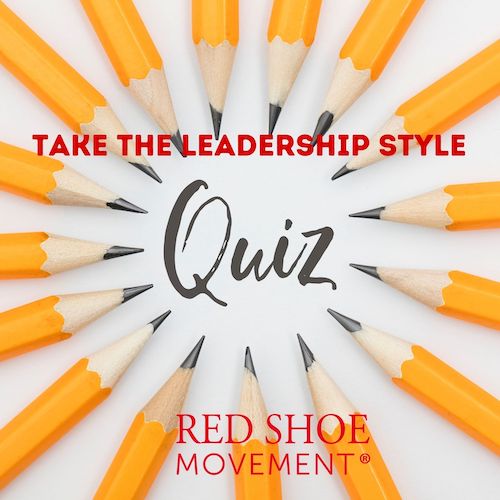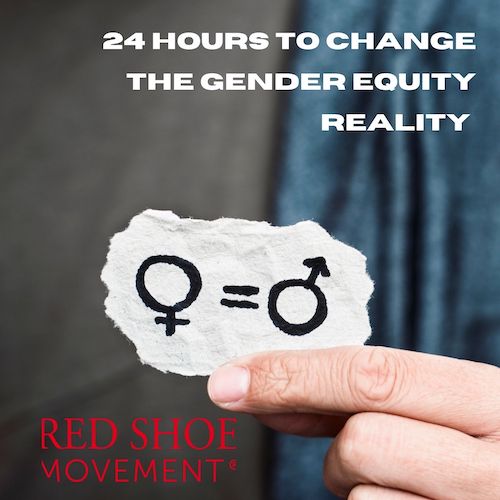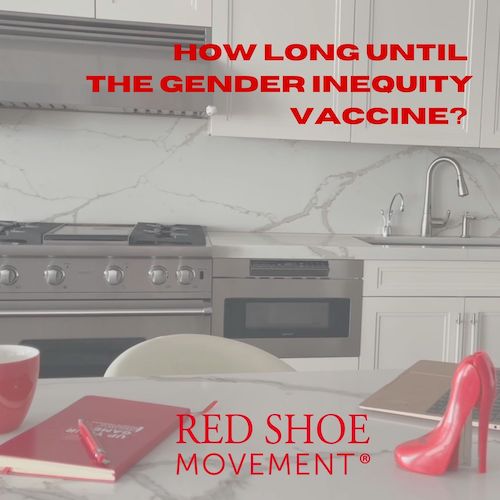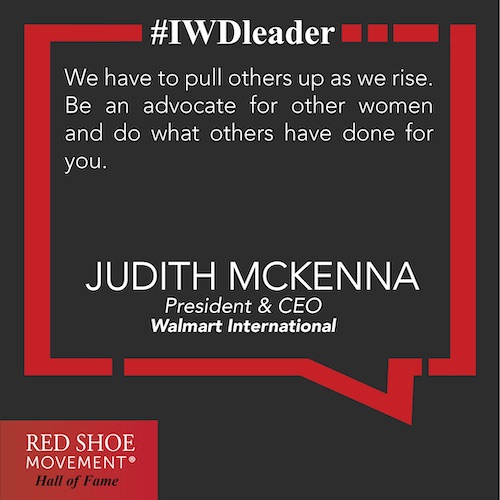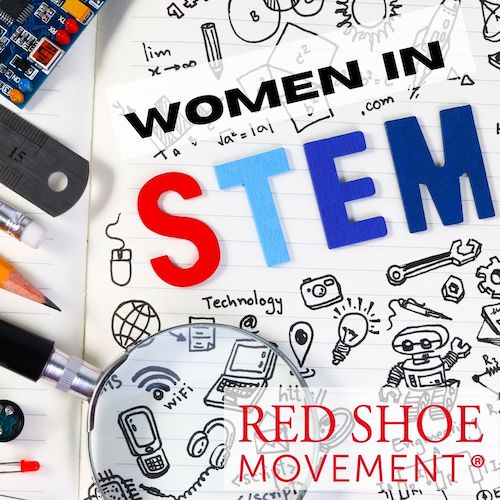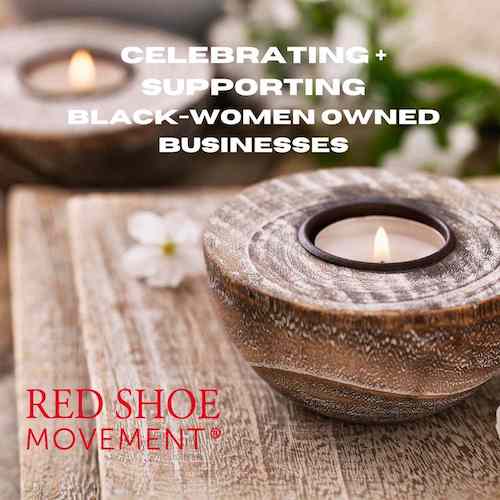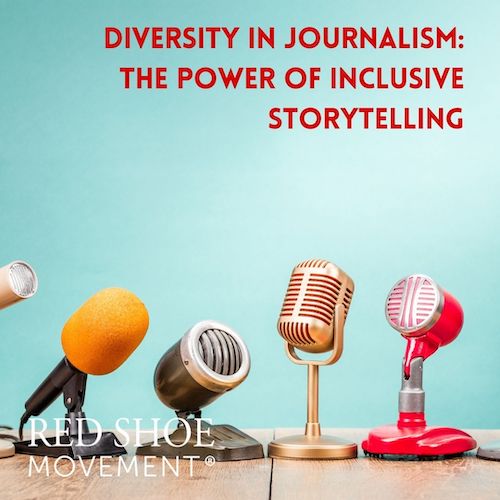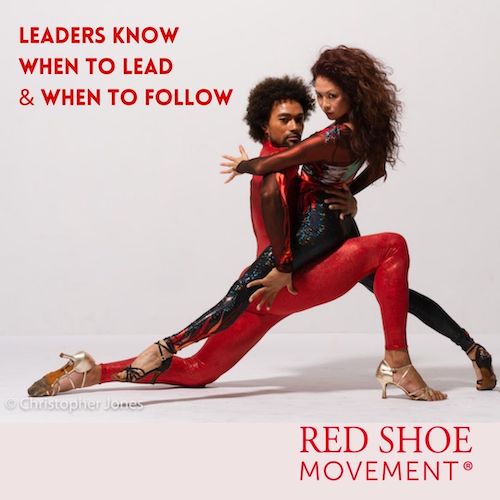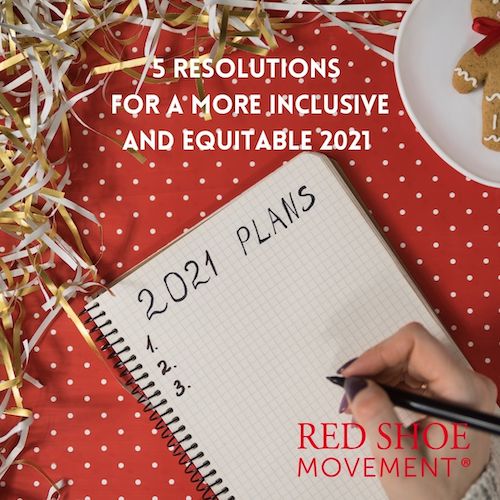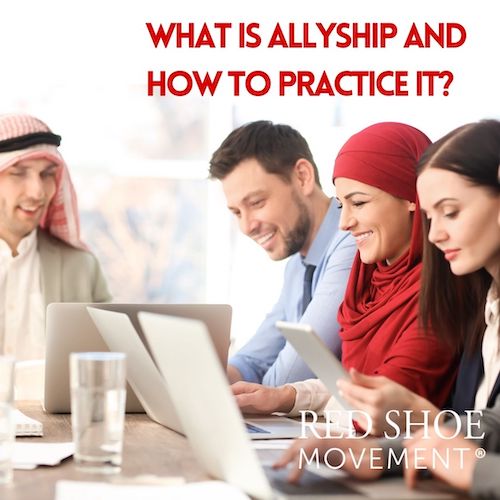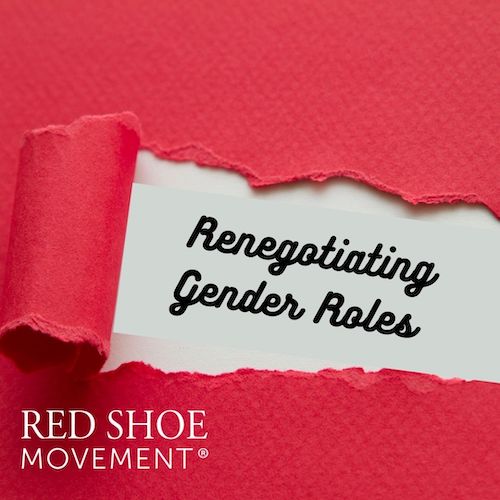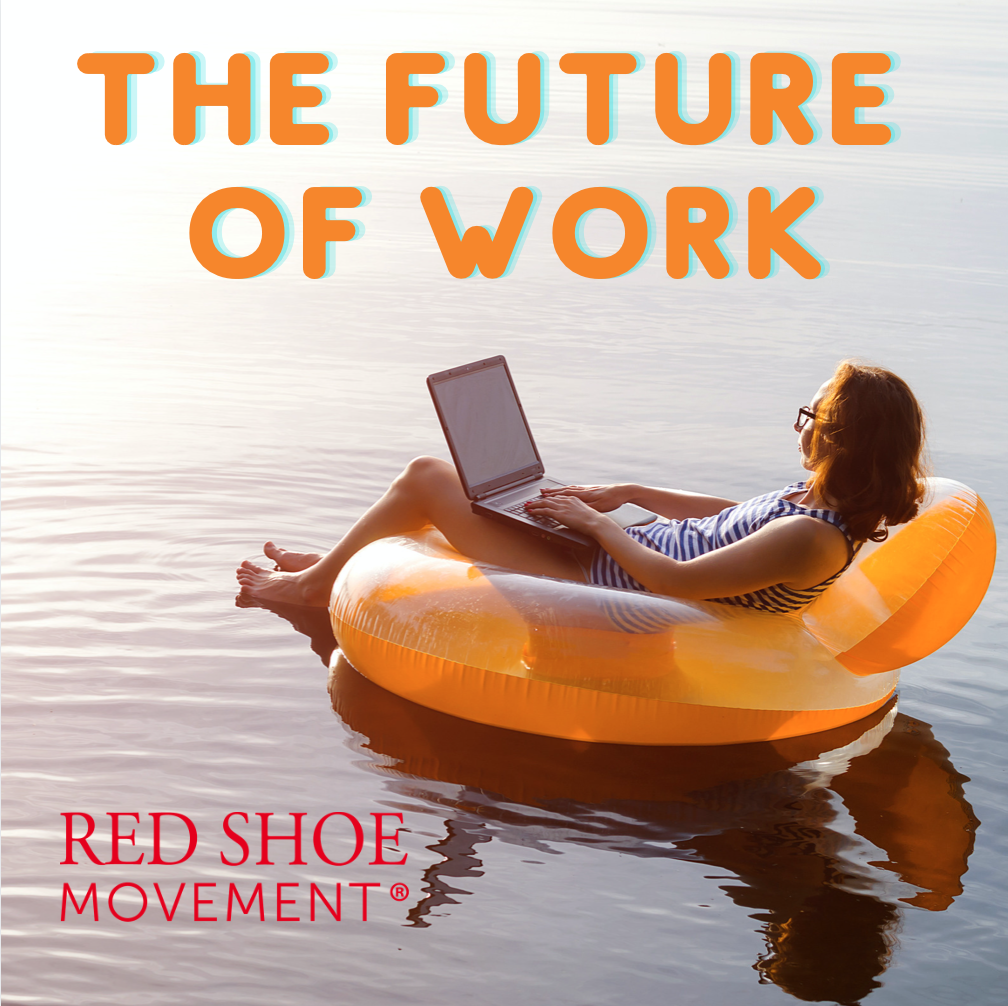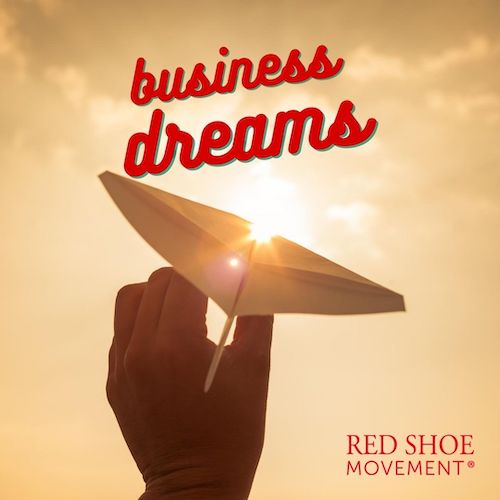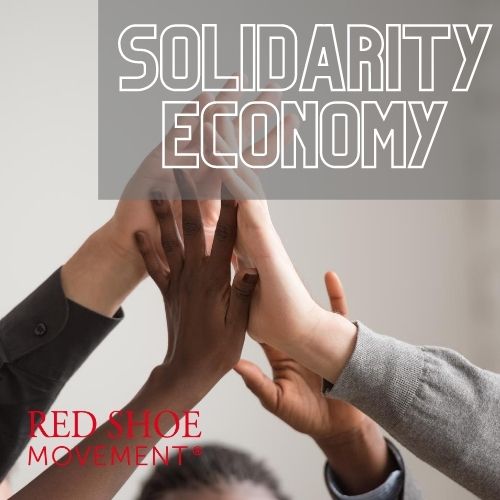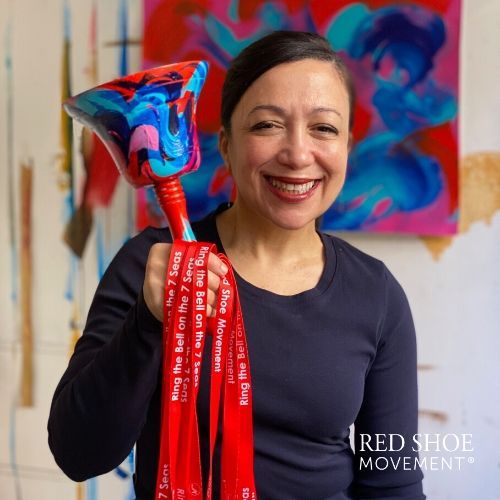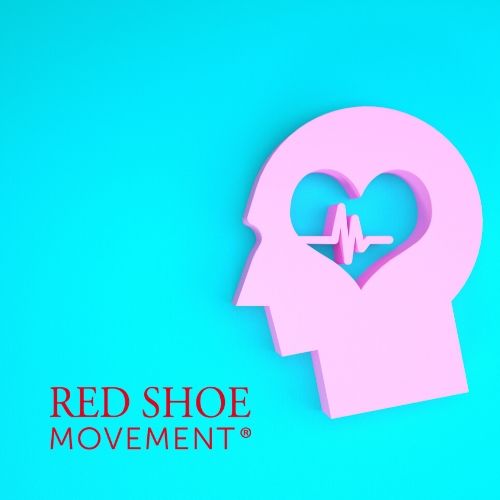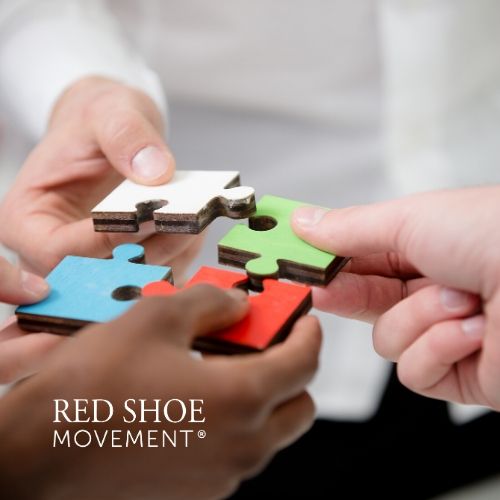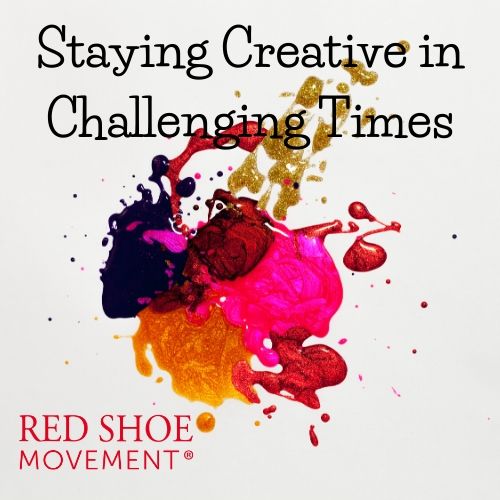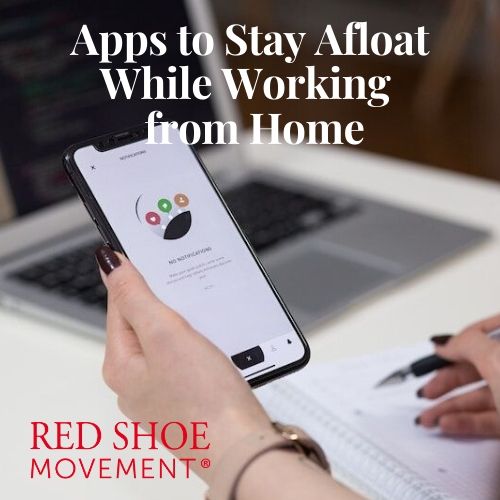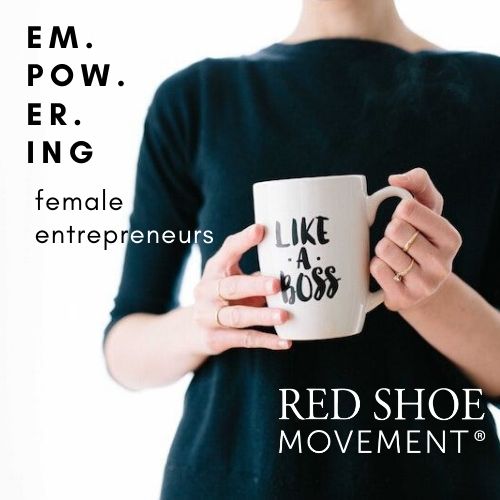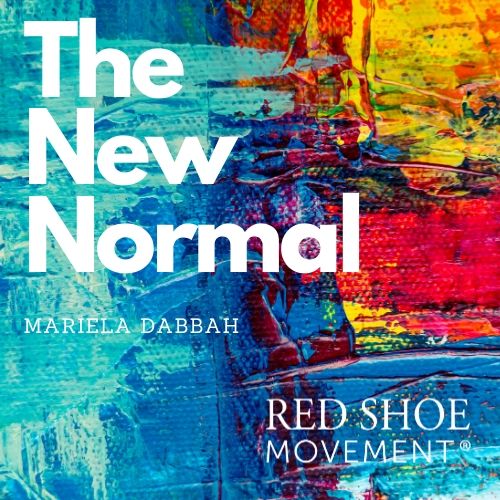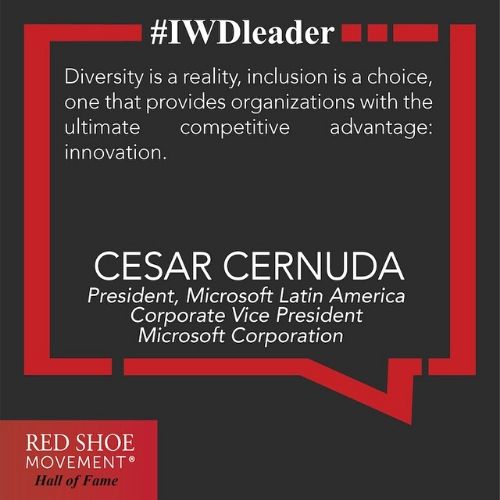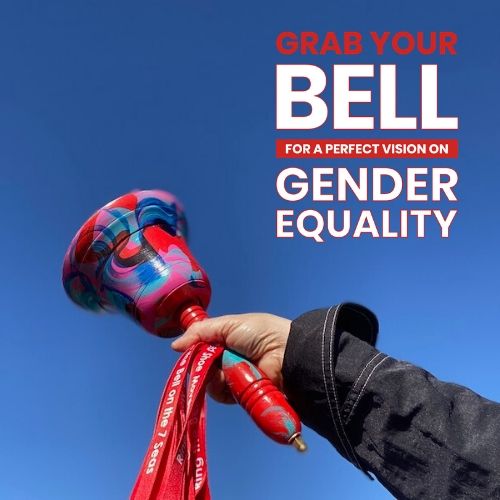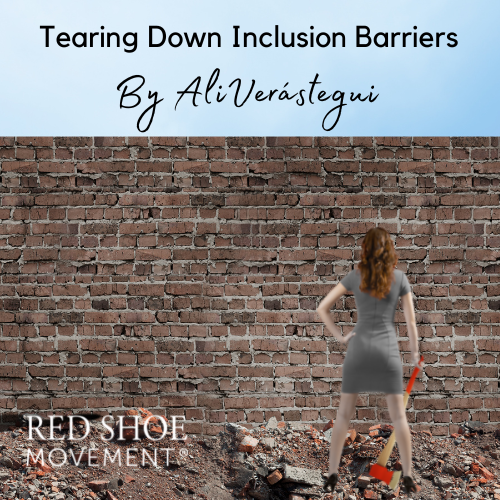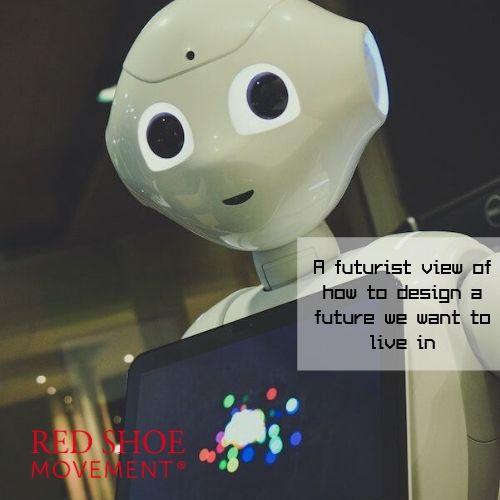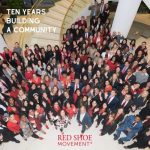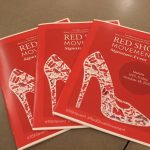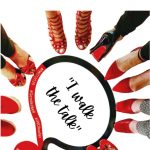For the first time in history, many workplaces have four generations working side by side: Baby Boomers, Gen X, Millennials, and Gen Z. That mix can be a powerful advantage, but it can also create friction if differences aren’t acknowledged and respected.
Misunderstandings about work styles, communication preferences, and expectations can hold teams back. But when organizations learn to harness those differences, the result is innovation, stronger problem-solving, and a more resilient culture.
Recognize the Strengths of Each Generation and Avoid Stereotypes
Every generation brings unique value and the more you can recognize it, the better you can craft an inclusive workplace where all generations work well together Clearly, many of the characteristics we discuss here are generalizations and can be found in the different generations. But it is often through generalizations that we get to understand some basic facts about a group. So, with this in mind… Boomers often carry deep institutional knowledge. Gen X tends to thrive in autonomy and problem-solving. Millennials push for collaboration and purpose and Gen Z brings tech fluency and fresh perspectives.
One of the biggest stumbling blocks across age groups, however, is communication style. Some prefer face-to-face conversations, while others lean toward Slack or text. Rather than defaulting to one approach, set norms as a team. For instance, use email for documentation, chat apps for quick updates, and meetings for nuanced discussions and to solidify relationships. Making space for different preferences reduces frustration. The same is true for preferences around working in person, remote or hybrid. Exploring and accommodating to the different groups’ inclinations is another way to leverage your workforce’ strengths.
Generational stereotypes—like Boomers resisting change or Gen Z being entitled—oversimplify reality. Teams work best when they rally around shared goals, not labels. Highlighting common objectives, such as delivering an excellent customer experience or hitting a project milestone, shifts attention away from differences and toward outcomes, which in the end, should be everyone’s focus.

Practice Mutual Mentoring
As we’ve been promoting for years at the Red Shoe Movement, mentorship doesn’t just flow one way. A Gen Z employee might share insights on emerging digital trends with a senior leader, while that leader provides career wisdom in return. Practicing mutual mentoring is one of the most effective ways to get everyone in the organization feel valued and appreciated. When everyone understands they have something to teach and something to learn at all times, when more junior perspectives are sought out and appreciated, when more senior leaders ask questions and value feedback, the culture improves right away.
Another way to apply the concept of mutual mentoring is to deliberately create cross-generational teams. These groups combine experience with fresh thinking and are less likely to get stuck in one way of doing things. It also helps you avoid the effects of group think that are prevalent when only members of one group or generation work together. And, the best antidote to generational tension is to keep an open mindset where you encourage employees to ask questions about each other’s approaches rather than dismissing them. A Gen X team member might ask a Gen Z colleague how they approach social media campaigns, or what their take is on the organization’s social impact while also sharing lessons learned from years of client relationships. This kind of curiosity fosters mutual respect.
Address Conflict Directly
Different expectations can sometimes spark conflict. So, instead of letting it fester, create channels to surface concerns early. Invite people to speak up using language that doesn’t point fingers or generalize behaviors or a specific generation. This constructive conflict resolution approach should be modeled by then way leaders talk. For example, rather than saying: “I’ve observed that the younger members or our team have a hard time respecting deadlines,” they should say: “Let’s talk about how deadlines are being handled.” This allows for a more nuanced discussion where nobody feels singled out, therefore all members are more inclined to participate in solutions.
Remember
A multigenerational workforce is a great asset for you to leverage. By recognizing strengths, adapting communication, and building bridges through collaboration, organizations can turn potential friction into fuel for innovation. When generations learn from one another, everyone grows stronger, and the workplace becomes a place where every voice counts.
If you want to master this and other power skills, sign up today for our Step Up program. We are here to help you move to the next level in your career.
